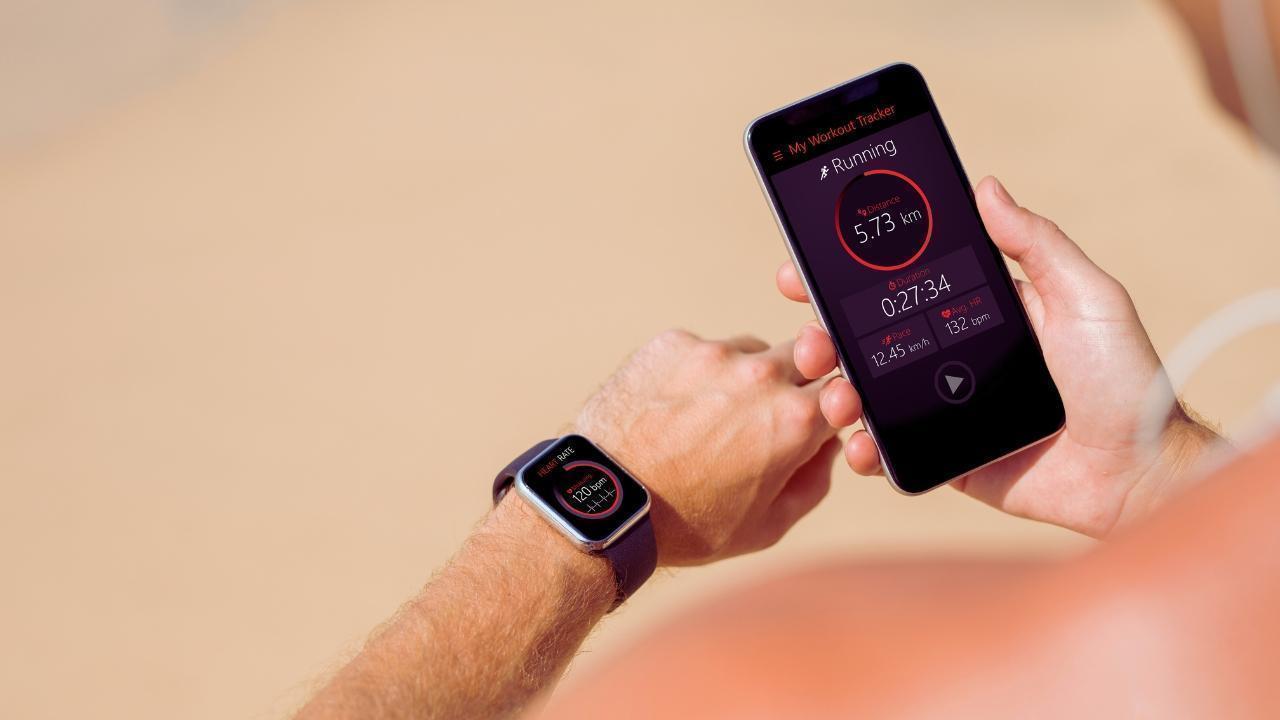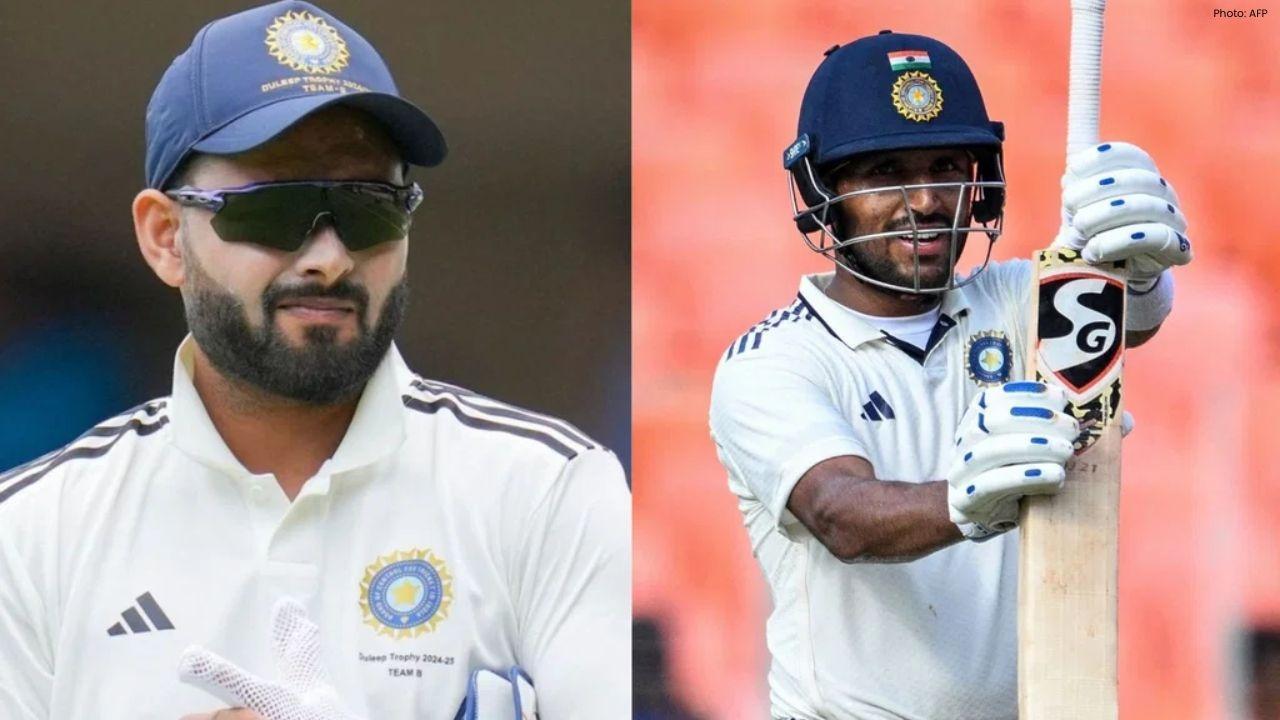
Join 10k+ people to get notified about new posts, news and tips.
Do not worry we don't spam!

Post by : Anis Farhan
What once felt like science fiction—having a small device that tracks your health in real-time—is now a part of everyday life. Wearable health technology has evolved from simple step counters into sophisticated health monitoring systems. These devices are shaping the way we approach fitness, wellness, and even preventive medical care. Whether it’s a smartwatch reminding you to take deep breaths during a stressful meeting or a fitness band tracking your sleep quality, the integration of such technology is transforming our daily routines and long-term health habits.
In the early days, wearable health devices were mostly pedometers designed to count how many steps you took in a day. They were popular among fitness enthusiasts but didn’t offer much beyond basic activity tracking. Fast forward to today, and we have smartwatches and fitness trackers capable of measuring blood oxygen levels, tracking heart rhythm, detecting irregular heartbeats, and even calling emergency services in case of sudden falls.
Companies like Apple, Fitbit, Garmin, and Samsung have been racing to integrate more medical-grade features into their products. Apple’s ECG feature, for example, has helped countless users detect atrial fibrillation—a serious heart condition—early enough to seek treatment. Similarly, sleep tracking features are helping people understand the quality of their rest, making it possible to spot patterns linked to anxiety, diet, or irregular work schedules.
One of the biggest advantages of wearable health tech is its seamless integration into daily life. Most people don’t even think about wearing their smartwatches anymore; it’s as natural as putting on a pair of shoes. Yet, these devices are quietly gathering valuable health data, offering insights that can help prevent illness.
For instance, if your smartwatch consistently records a higher-than-normal resting heart rate, it could indicate underlying stress, dehydration, or even early signs of infection. Instead of waiting until symptoms worsen, you can take early action. This is where wearable technology becomes a silent partner in healthcare, bridging the gap between personal responsibility and professional medical advice.
Preventive healthcare is all about identifying potential problems before they become serious—and wearable devices are playing a huge role in making that possible. The constant data collection allows doctors to get a clearer picture of a patient’s health trends over weeks or months, rather than relying on occasional check-ups.
For example, someone experiencing occasional but severe spikes in blood pressure might never detect them during a routine doctor’s visit. But a wearable device can log these incidents, allowing a healthcare provider to recommend treatment before it leads to something more serious like a stroke or heart attack.
Insurance companies are also recognizing the value of this technology. Some have started offering discounts to policyholders who use wearables to track their fitness and share that data. This proactive approach benefits everyone: healthier customers mean fewer claims, and customers get rewarded for maintaining better health.
While most people think of smartwatches when they hear “wearable tech,” the field is expanding rapidly. There are now smart rings that track sleep, hydration-monitoring patches for athletes, and even smart clothing that can monitor muscle recovery after exercise.
In the medical field, researchers are developing wearable biosensors that can detect disease markers in sweat or even monitor glucose levels in real time without the need for finger pricks. For diabetics, this technology is life-changing, allowing them to manage their condition without the constant discomfort of traditional methods.
The future may also bring integration between wearable health tech and augmented reality (AR) glasses, where health data could be displayed in real-time during workouts or medical consultations. Combined with AI, this could mean truly personalized healthcare that adapts to your body’s needs hour by hour.
Wearable health devices are not just for physical fitness—they’re increasingly being used to track and improve mental well-being. Features like mindfulness reminders, stress-level detection through heart rate variability, and guided breathing exercises help users manage anxiety and burnout.
The gamification of fitness—where users set daily goals, earn badges, and compete with friends—has also been shown to boost motivation. By turning healthy living into a rewarding challenge, wearable tech makes fitness more engaging and sustainable.
Moreover, with the rise of remote work, wearables are helping people combat sedentary lifestyles by nudging them to stand up, stretch, or walk every hour. These subtle reminders can make a significant difference in long-term health, especially when combined with consistent exercise.
Of course, wearable health tech isn’t without its concerns. One of the biggest issues is data privacy. Since these devices collect sensitive health information, questions arise about how companies store and use that data. While most major brands encrypt their data and give users control over sharing, cyber security remains a concern—especially as hackers increasingly target health-related databases.
Governments around the world are introducing stricter regulations for handling medical and biometric data. For users, the key is to be aware of privacy settings and understand exactly what’s being shared, and with whom.
In wealthier nations, wearable health tech has become commonplace, but the challenge remains in making these devices affordable and accessible in developing regions. Some organizations are working on low-cost versions that focus on the most essential health metrics, making them more attainable for wider populations.
In rural areas, wearables could serve as vital tools for health monitoring where regular access to medical facilities is limited. By syncing data with smartphones, even remote communities can send health updates to doctors hundreds of kilometers away—revolutionizing healthcare access.
Wearable health technology is no longer a niche market for fitness enthusiasts—it’s becoming a key component of modern healthcare. By combining real-time monitoring with accessible data insights, these devices are empowering people to take control of their health like never before.
As technology advances, the line between lifestyle gadget and medical necessity will continue to blur. Whether it’s detecting early signs of illness, motivating healthier habits, or bridging the gap between patients and healthcare providers, wearable health tech is changing the way we live—one heartbeat at a time.
The content provided in this article is for informational purposes only and should not be taken as medical advice. Always consult a qualified healthcare professional before making any changes to your health or fitness routine.










Suranika Roshan Celebrates Bakery Launch with Saba Azad's Support
Suranika Roshan opens her bakery, The Moon Beam Bakery, as Saba Azad shares an encouraging message o

Jets Make History with Unprecedented Special Teams Touchdowns
In a landmark game, the Jets scored two touchdowns on special teams, making franchise history with a

Chargers Secure 25-10 Win Over Steelers with Strong Defense and Herbert's Leadership
Los Angeles Chargers triumphed over the Pittsburgh Steelers 25-10, showcasing a formidable defense a

Rams Triumph Over 49ers; Adams Left with Minor Oblique Injury
The Rams secured a 42-26 win against the 49ers, but Davante Adams left the game in the fourth quarte

Jurel's Stellar Performance Raises Selection Dilemmas for India
Ahead of the South Africa Tests, Dhruv Jurel's impressive form complicates team selection as Rishabh

Ryan Williams Embraces Indian Identity, Joins Football Camp
Ryan Williams has transitioned from Australia to India, joining the national football camp in Bengal